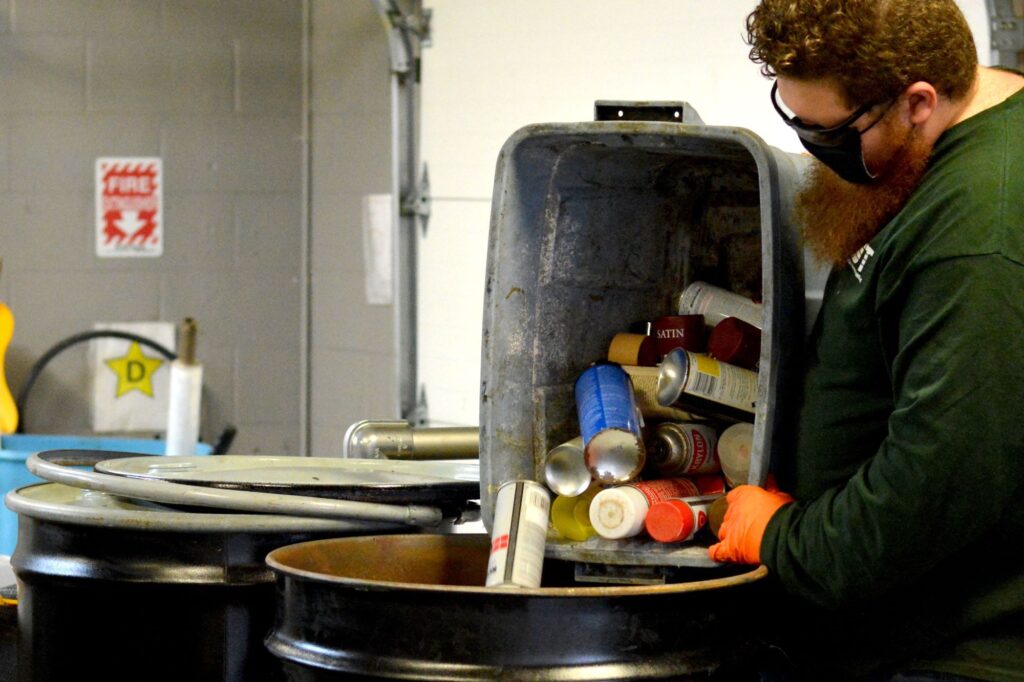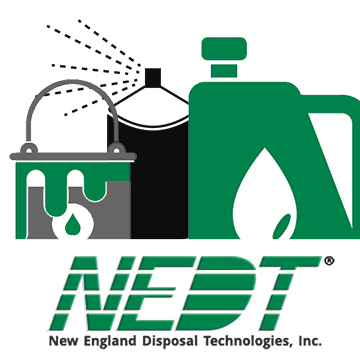“Under Pressure” isn’t just the name of a hit song of the 80s; it’s also a warning label on many common (and not so common) pressurized products you can find at home. If it’s time to get rid of these products, it’s important to identify what product it is, do your homework, and dispose of it accordingly. Avoid posing a risk to yourself or your garbage hauler by knowing more about pressurized home products and how to deal with them.
Common Types of Pressurized Products at Home
From small spray bottles to large gag cylinders, what pressurized products do you have at home? Below are some of the most common, along with facts you need to know about handling and disposal.
- Aerosol Spray Cans: From paint to insecticides, aerosol spray cans come in many shapes and sizes. If your product is from before 1989, it may contain CFCs that damage the ozone layer. Do not discharge and check your local laws on CFCs.
- Fire Extinguishers: Over time, fire extinguishers lose pressure and need to be disposed of or refilled. Read the label to learn more about the contents, and if you are in doubt, contact your local fire department to learn how to dispose of them.
- Fuel Canisters: Pressurized fuel canisters, from the common propane tanks for grills to smaller camping butane, need to be disposed of or returned to the store. When storing them at home, make sure to avoid fire hazards.
- Gas Canisters: If you have gas canisters that contain other chemicals, review the contents and contact the vendor or local facilities to find the best disposal options. If you have unidentified compressed gas cylinders, they are not accepted for disposal.
Disposing of Pressurized Products at Home
When many of these pressurized products are disposed of at home, the threat they pose passes on to the garbage/recycling haulers and the facilities handling them. Compactors, sorters, and other machinery can breach these vessels and cause explosive decompression, damaging equipment and posing a health risk to workers. Some products can be disposed of at home by first venting the contents, usually into a receptacle to dry and throw away. Read the labels to check if the product can be safely vented or needs to be disposed of at a specialized facility.
If your warning labels suggest not to discharge the container or you simply don’t want to deal with at-home disposal, come to one of NEDT’s Household Hazardous Products Collection Centers! We offer quick and easy curbside service at any of our locations and simple pricing. Contact us today to learn more, including options for at-home pick-up!



Leave a Reply